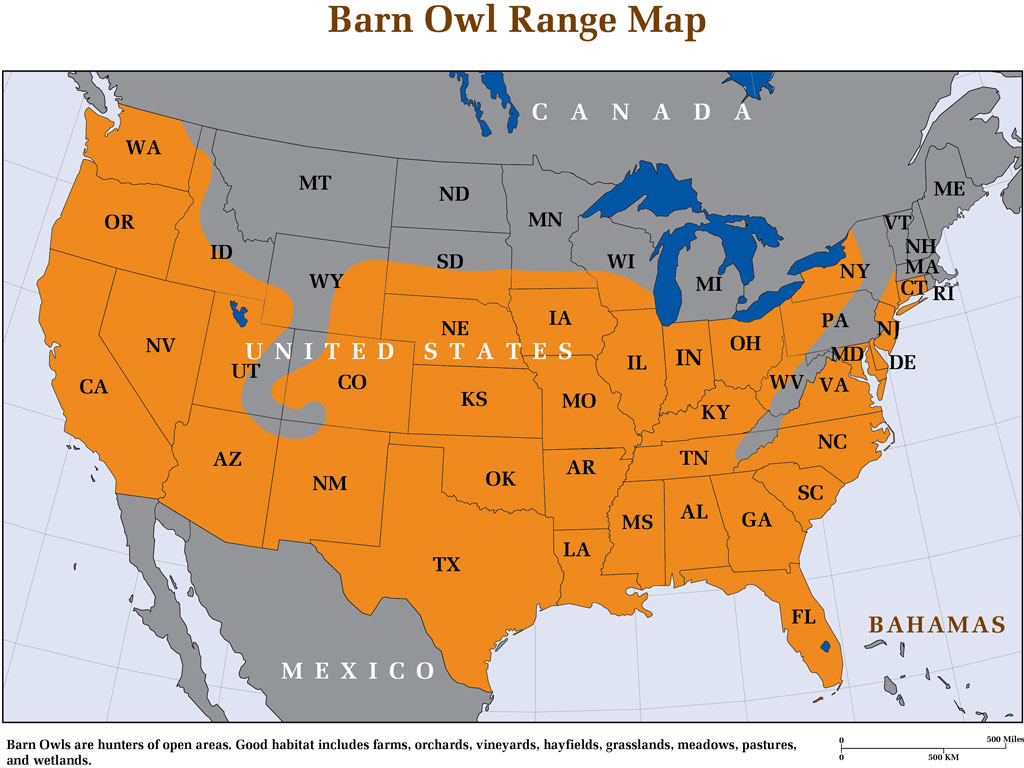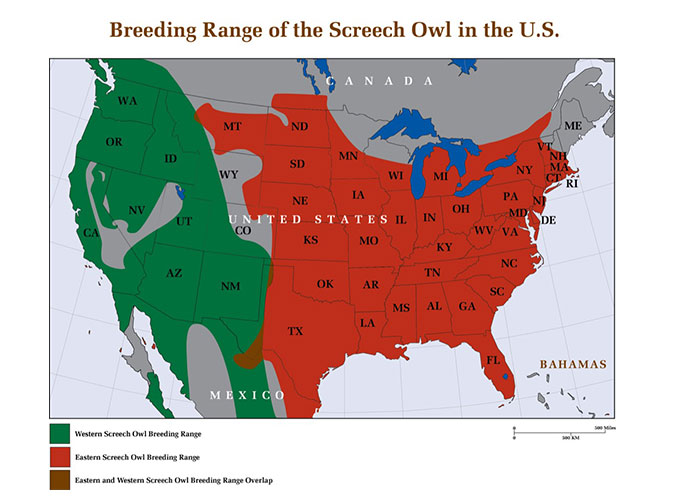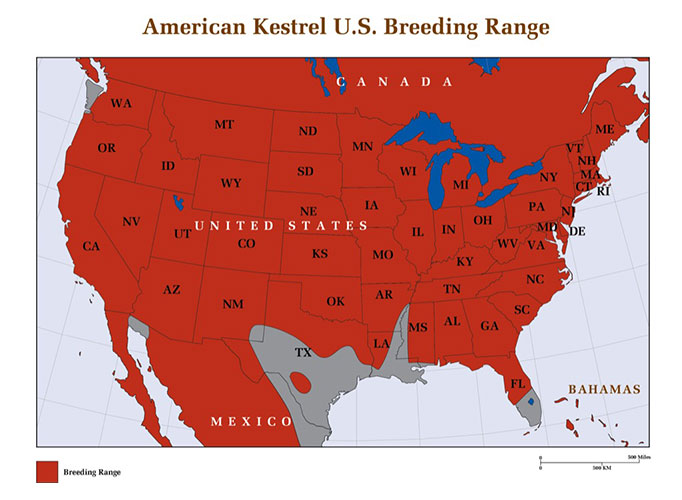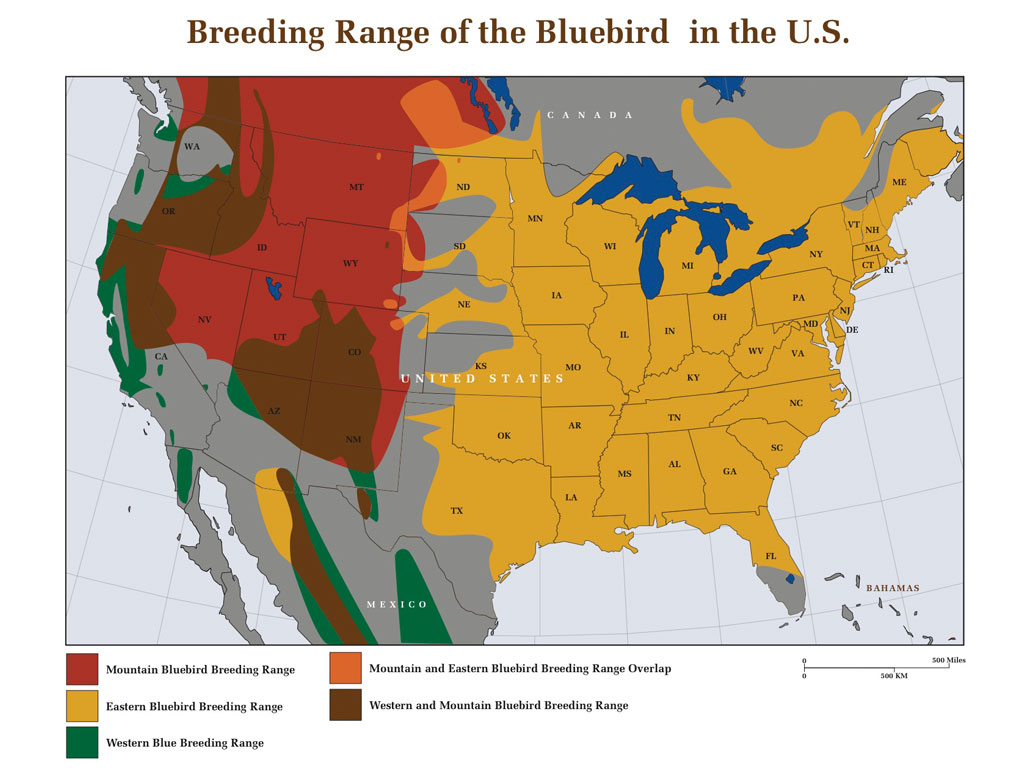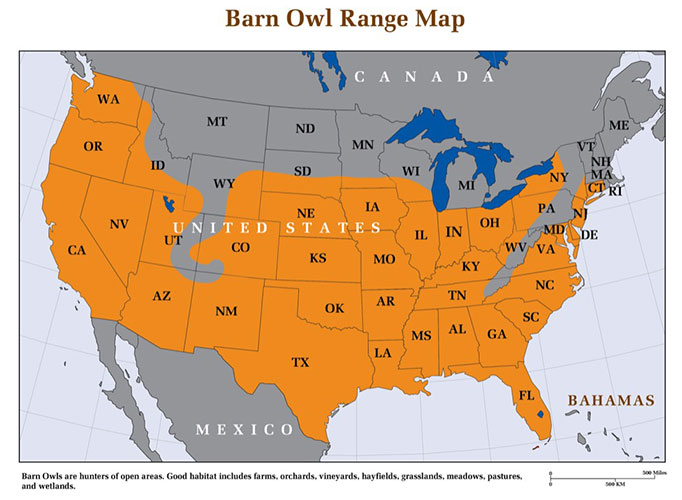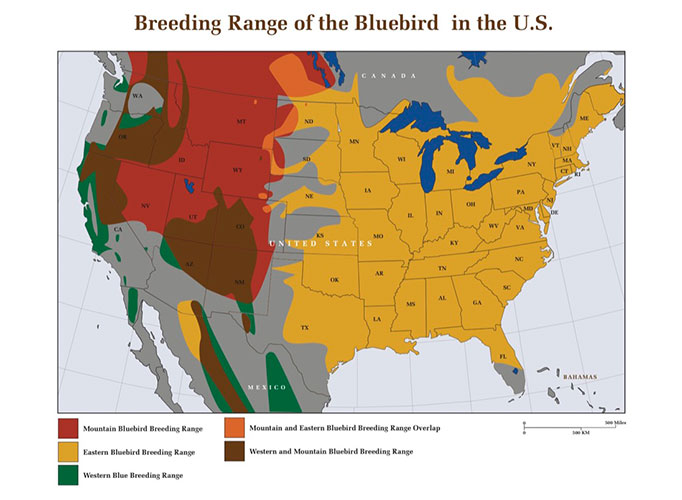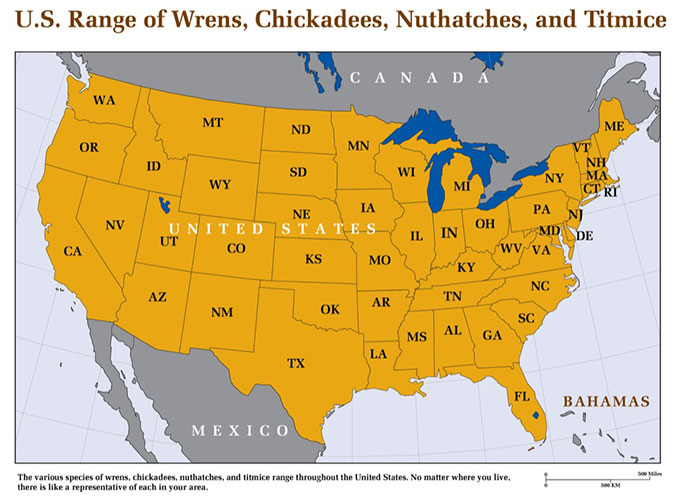Free Shipping to the Contiguous United States
Why installing Barn Owl Boxes in the summer makes sense. We often are asked what the best time of year is for installing nest boxes. Most people believe that springtime is best since it coincides with the breeding season. But barn…

